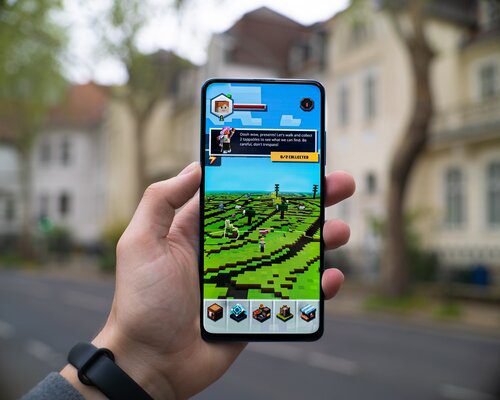In October of this year, the Disrupting Internet Suppression Using Pluggable Transports (DISRUPT) team virtually hosted the annual Pluggable Transports Implementer’s Meeting (PTIM). Pluggable Transports were created to help developers keep their users connected when censorship occurs, by using interchangeable software components that can talk to the network in a variety of different ways, usually through a library that can be embedded into an app. There is now a growing, dedicated community looking to advance the tool to wider audiences. PTIMs are intended to be a space for this community from across all stages of PT development and deployment – from researchers working on new concepts to beneficiary tools that embed Pluggable Transports – to convene, learn, and develop new ways forward.
We had a particularly diverse range of viewpoints and projects this year and we’re fortunate that our participants and speakers have expanded on their presentations via blogs on the Pluggable Transport website.
- In “Obfuscation: Why It Does Not Mean Security,” Swift Developer Adelita Schule of the Operator Foundation – a key partner of the DISRUPT project – clarifies the important difference between obfuscation, the mechanism by which user traffic is concealed by traffic not normally blocked, and encryption. The capability of PTs rest on their ability to obfuscate internet traffic so that censors cannot easily identify user traffic as the traffic they aim to block. However, as Adelita points out, “like most disguises, obfuscated traffic may not evade scrutiny.”
- Sadie Doreen of the Invisible Internet Project (I2P), the organization behind an anonymous network tool that allows for censorship resistant, peer to peer communication, argues in “Resilience Through Mutual Aid” that a spirit of mutual aid between anti-censorship tools is a foundation to the privacy technology ecosystem. I2P’s new Software Development Kit (SDK) has become a crucial tool in reaching this goal.
- Professor Amir Houmansadr of computer science at the University of Massachusetts at Amherst explains the need for Parrot circumvention systems in his blog, “Fighting Censorship with Machine Learning.” . As censors become more advanced at detecting and blocking circumvention tools, his team is aiming to combine two separate circumvention systems – parrot and parasite systems – so that they are practically deployable and provide plausible unobservability against censors.
- Dr. Richard Brooks of Clemson University’s computer science program is leading the development of two different PT technologies, Multipath TCP and Minecruft. Multipath TCP, although not a PT, can be integrated into different PTs that unlock several advantages. Minecruft, a PT working within Minecraft, and appearing as random Minecraft behavior to censors, has the potential to harness the gamer community to expand the availability of PTs.
- Dave Levin, Professor of Computer Science at the University of Maryland (UMD) and Kevin Bock, a Master’s student at UMD, detailed their team’s new tool, Geneva, that was developed in response to the cat-and-mouse game between network censors and activists that seek to evade them. Geneva is a genetic algorithm that automatically discovers and implements censorship evasion strategies through inverting the traditional process for discovering evasion strategies. With Geneva, they note, “the first step is discovery (which is automated); understanding why it works (which requires human insight) comes afterwards.”
